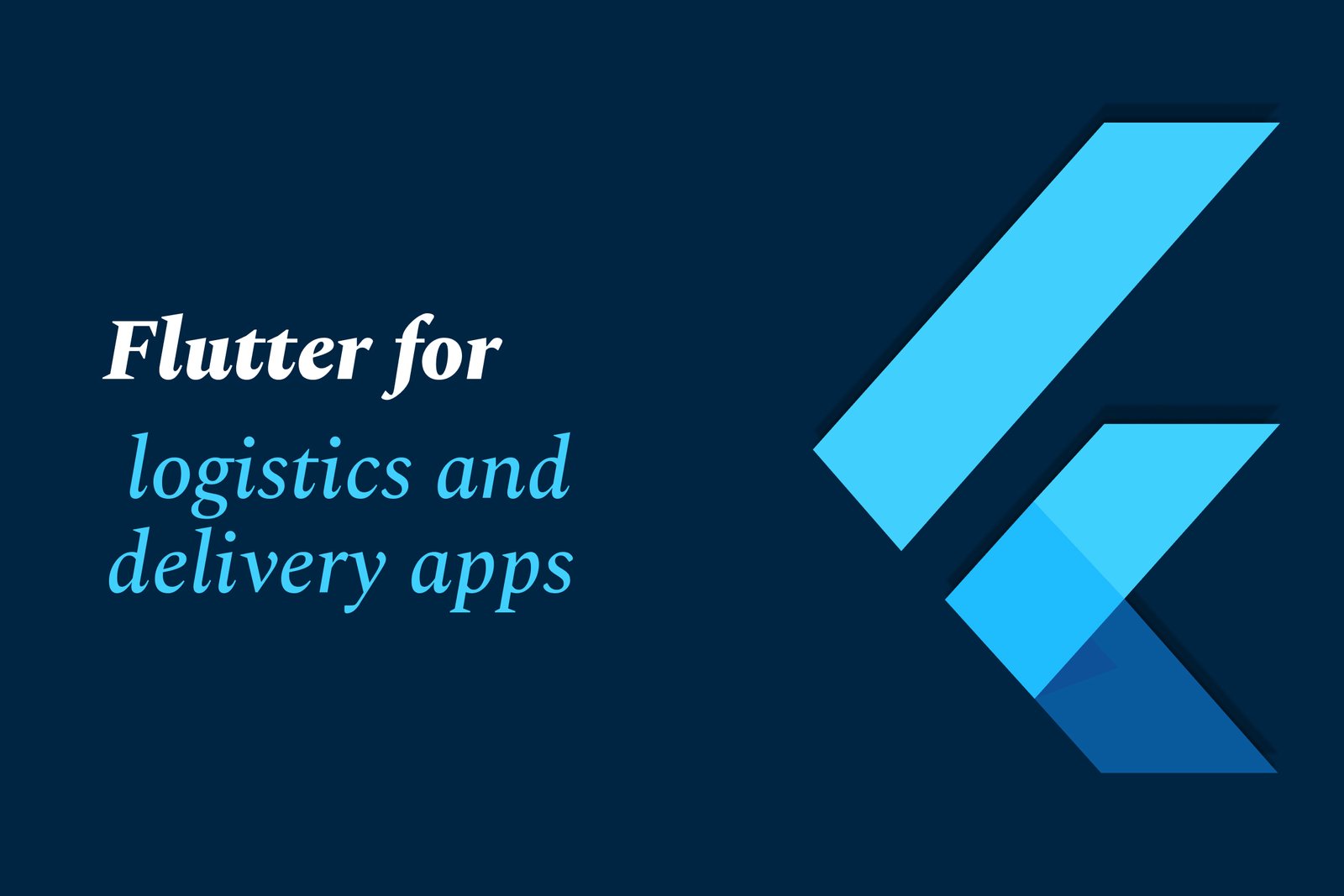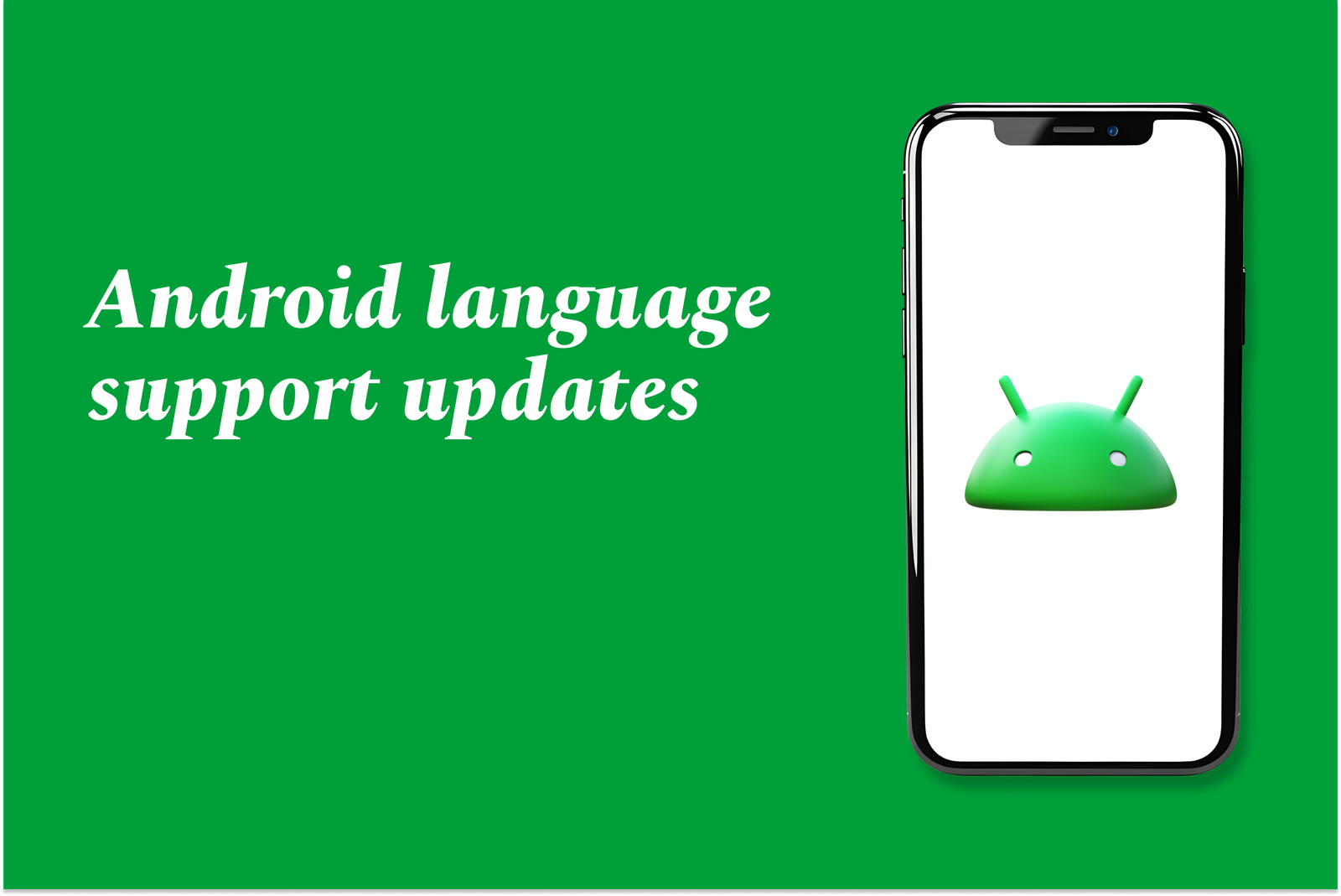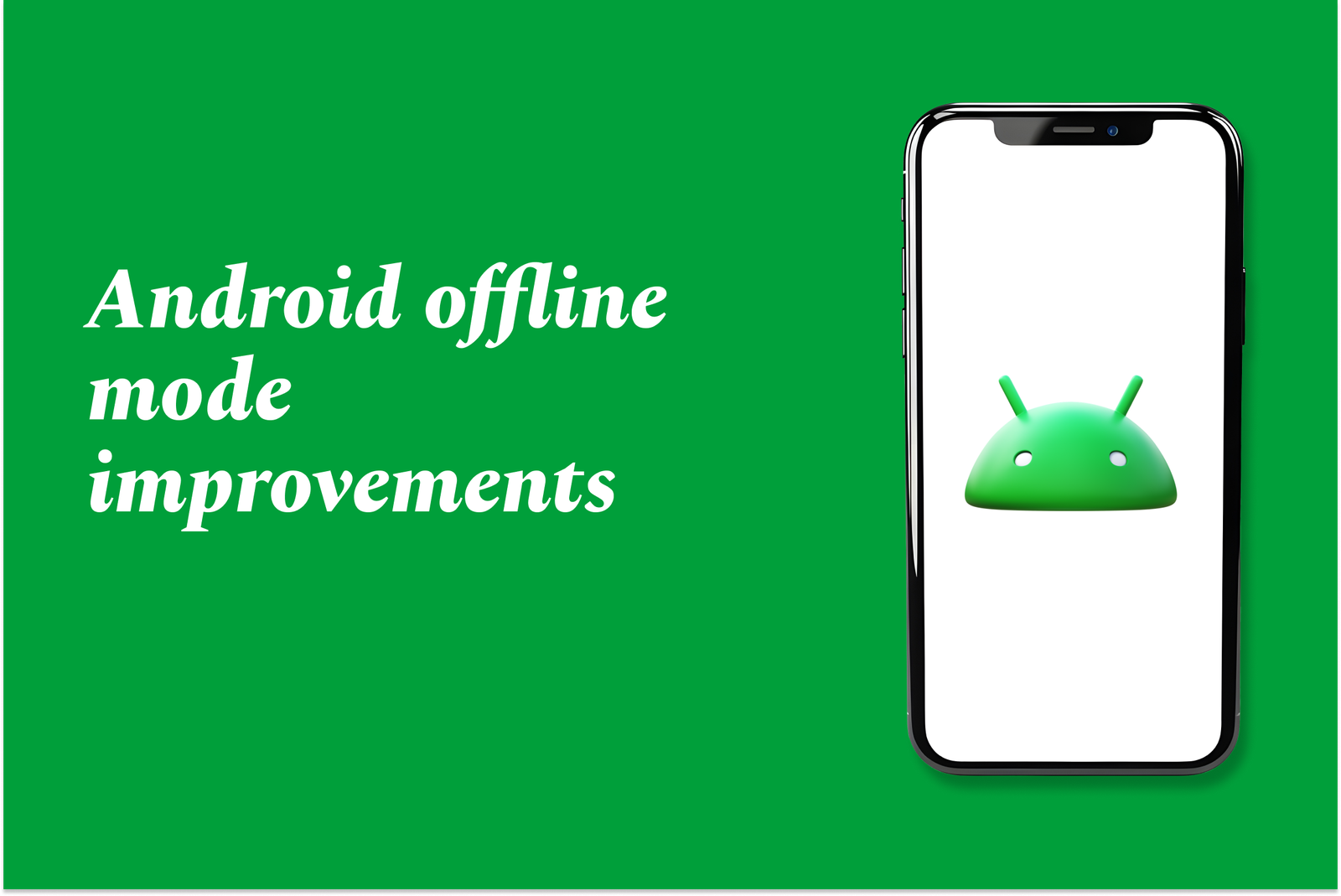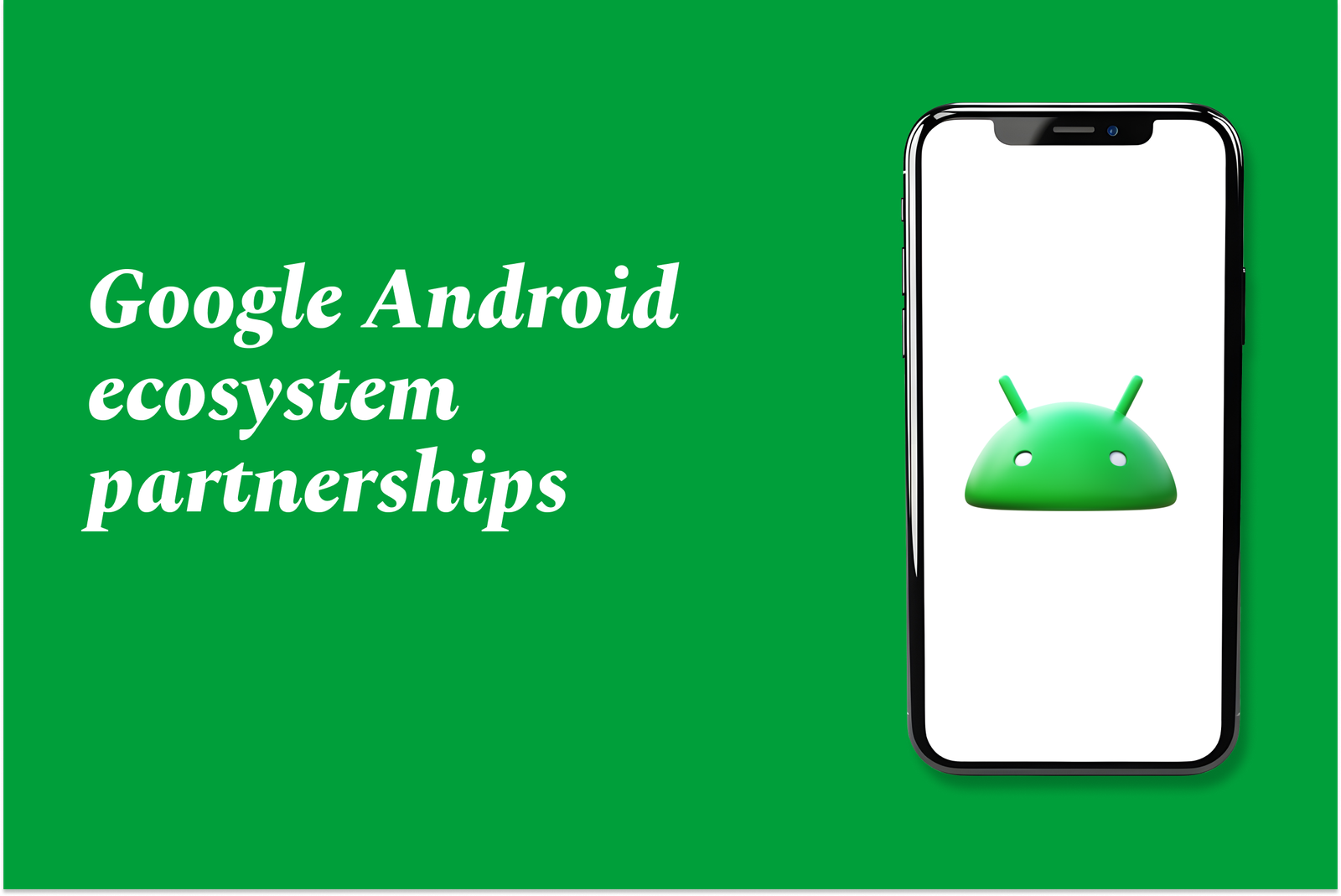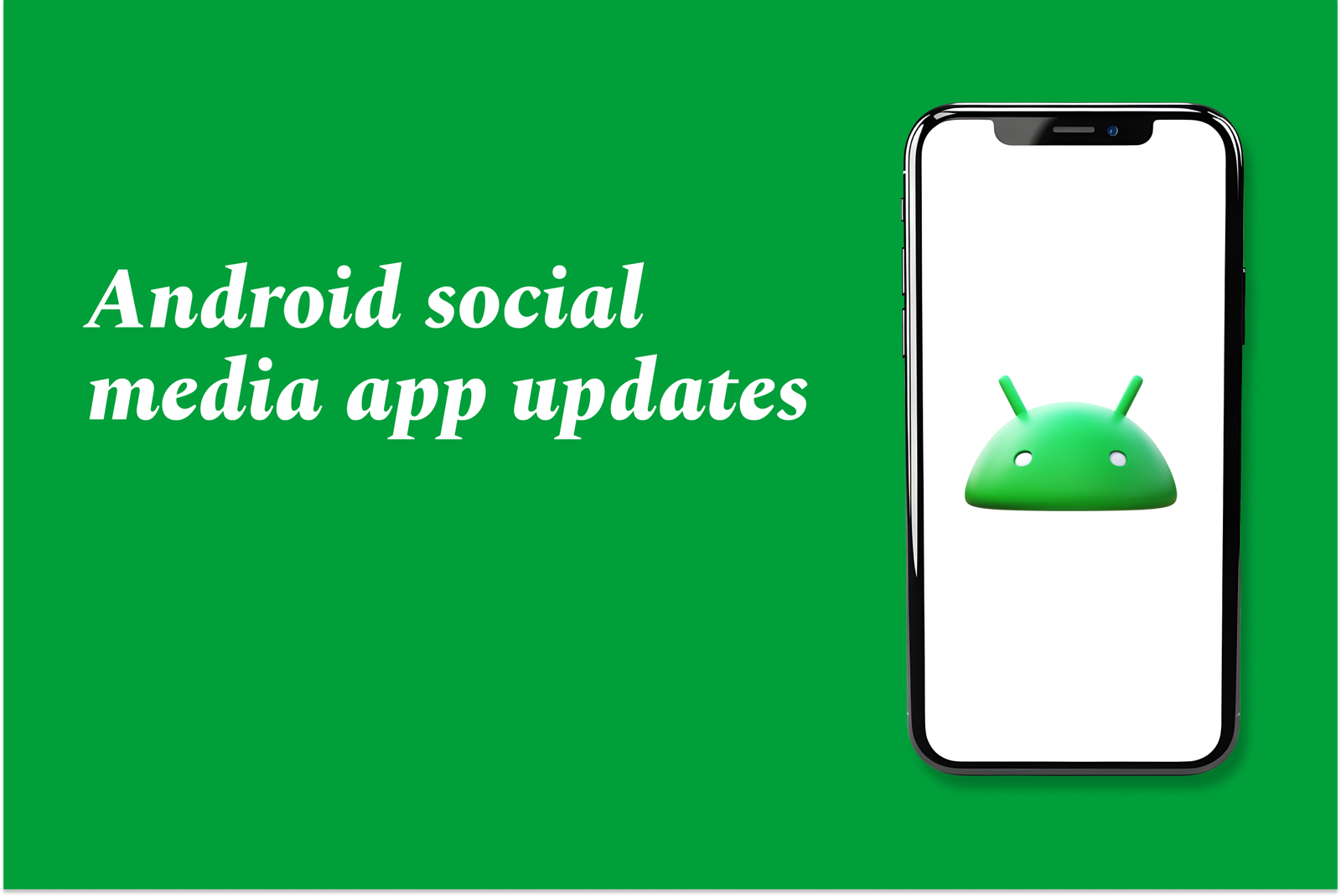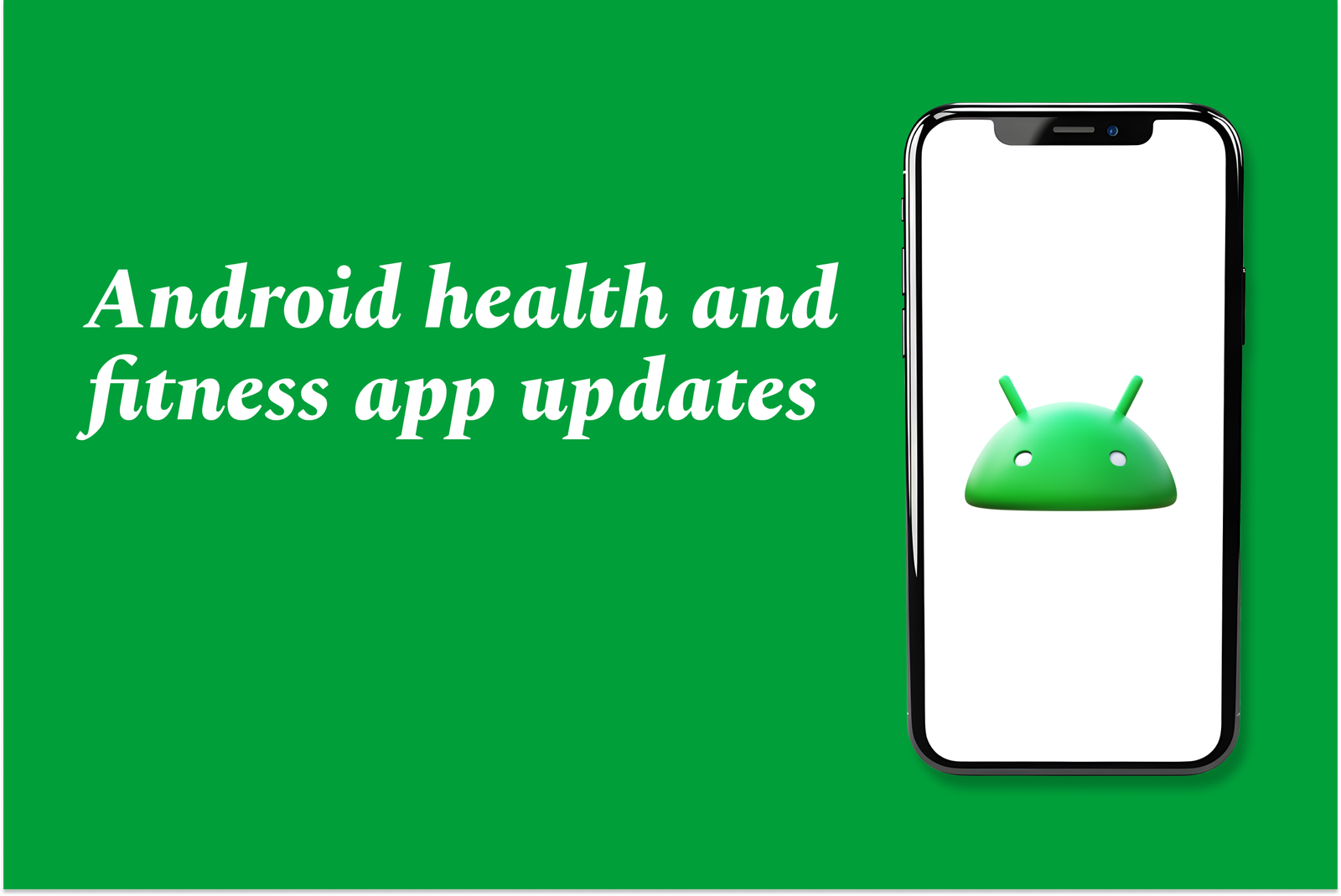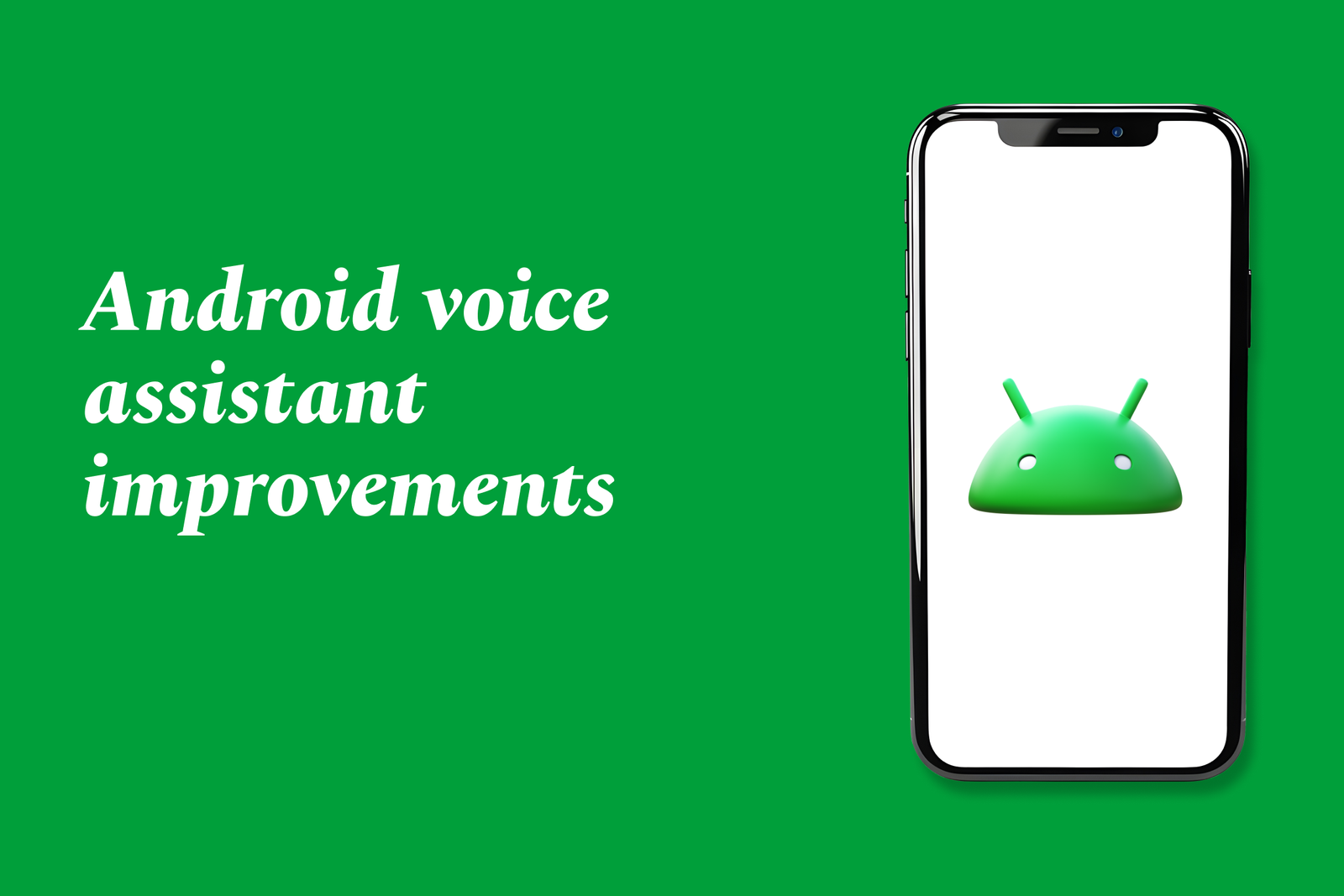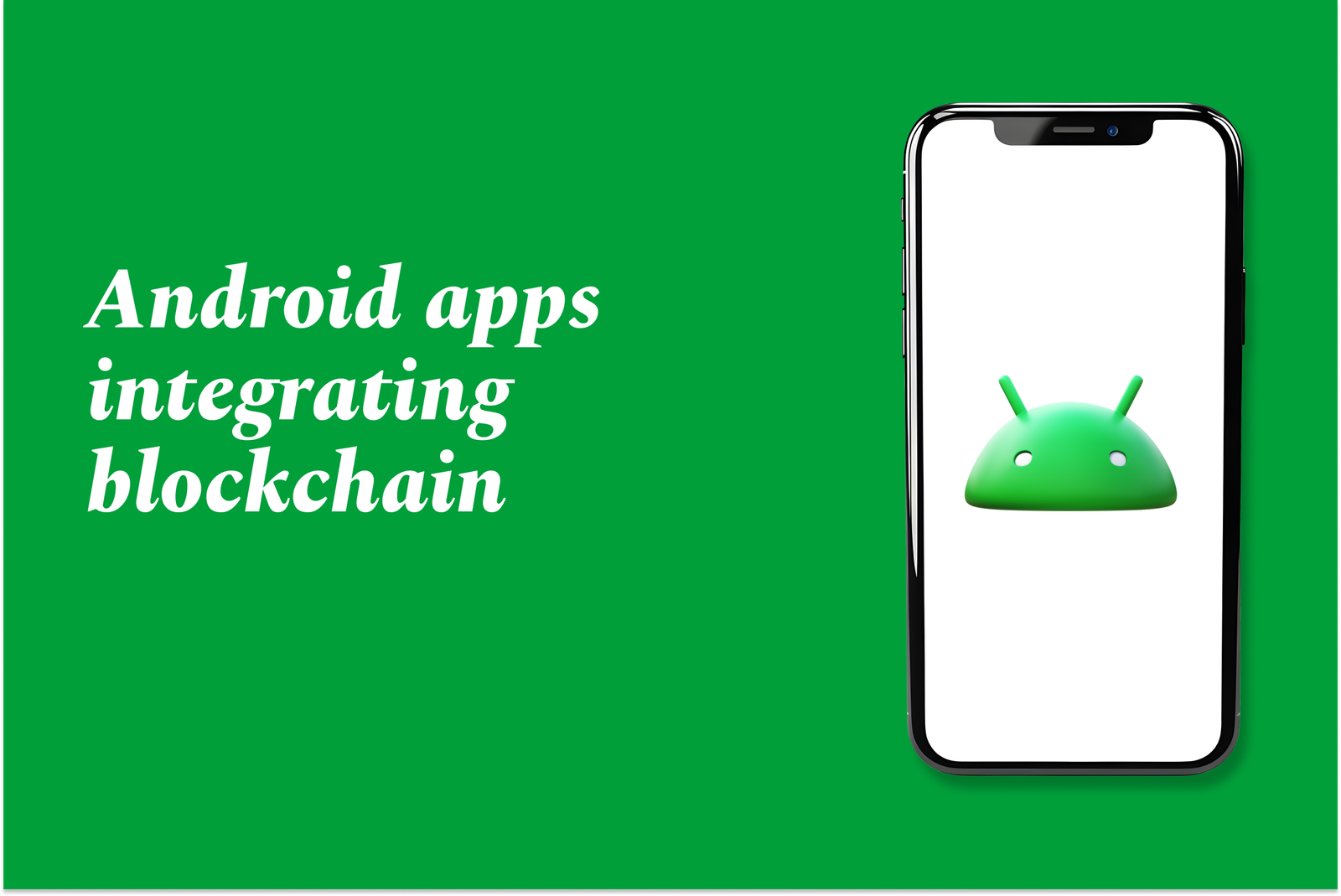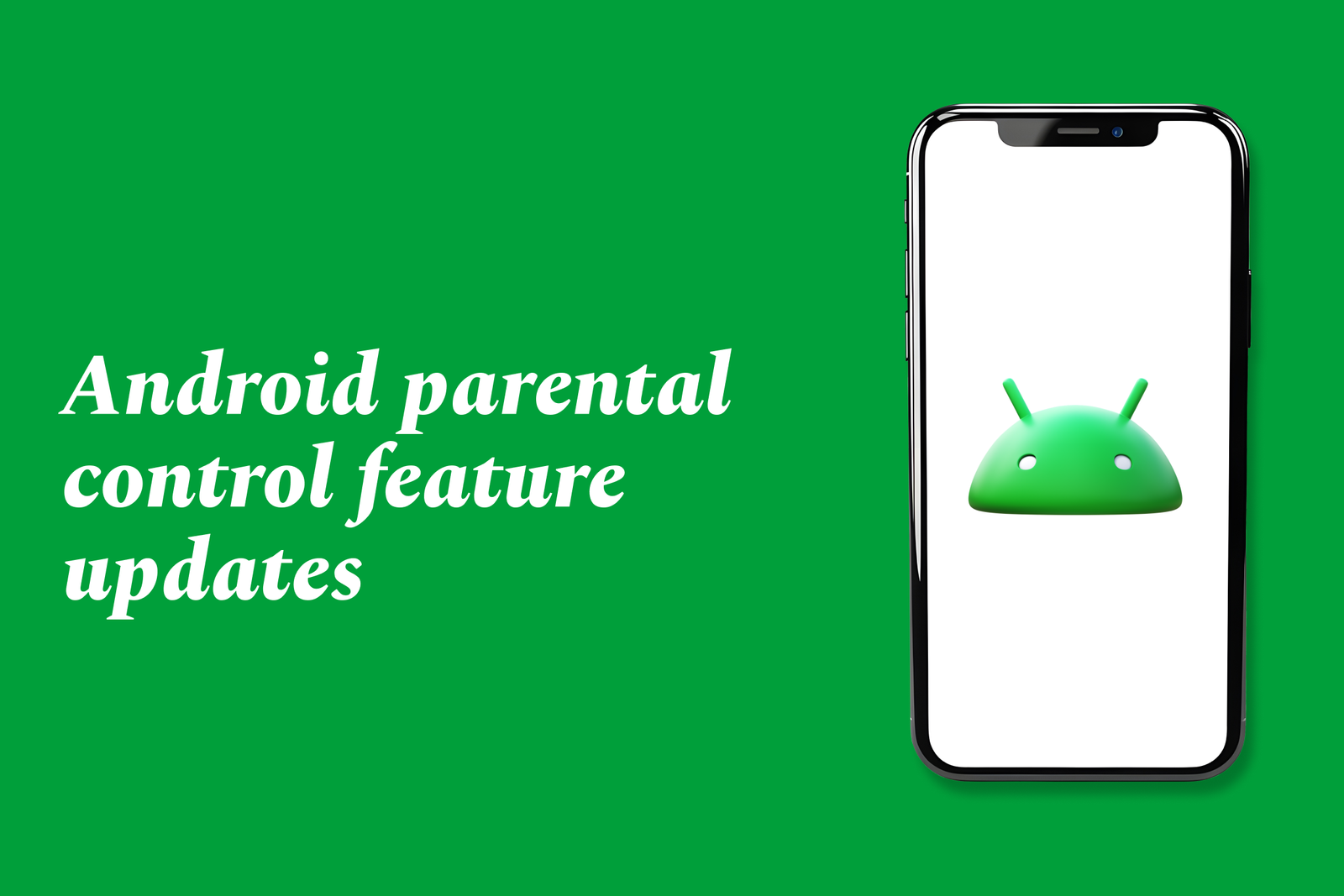Flutter for Logistics and Delivery Apps
Flutter is a powerful cross-platform framework by Google that enables fast, efficient development of logistics and delivery apps with a single codebase, offering smooth performance, real-time tracking, and customizable UIs for seamless order management and delivery operations.
Flutter for logistics and delivery apps
1 ) Introduction to Flutter in Logistics and Delivery
Flutter, developed by Google, is a versatile open source UI toolkit used to build high performance, cross platform applications from a single codebase.
It is increasingly popular for creating apps that demand seamless performance on both iOS and Android, making it ideal for logistics and delivery industries.
2 ) Benefits of Using Flutter for Logistics Apps
Single Codebase Efficiency: Develop once and deploy on multiple platforms, significantly reducing development time and maintenance overhead.
High Performance: Flutter's rendering engine ensures smooth animation and fast interface responses crucial for real time logistics tracking and operations.
Custom UI Capabilities: Enables creating intuitive, tailored user interfaces that simplify complex logistics workflows like order tracking, route optimization, and delivery confirmation.
3 ) Key Features Supported by Flutter in Logistics Apps
Integration with GPS and mapping services (e.g., Google Maps) to display real time routes and delivery tracking.
Offline support and caching, ensuring app reliability in areas with poor connectivity.
Seamless API integration for warehouse management systems (WMS) and backend services enabling real time data synchronization.
Robust support for notifications and alerts, important for timely updates to drivers and customers.
4 ) Real World Applications and Case Studies
Large scale logistics companies like Maersk have adopted Flutter to unify mobile experiences, reduce technical debt, and handle growing user demands effectively.
Warehouse mobility solutions utilize Flutter to create apps for rugged devices used by warehouse associates, enhancing automation and operational efficiency.
5 ) Challenges and Considerations
API pricing and usage, especially with third party services like Google Maps, can be a significant cost factor.
Integration complexity with existing backend systems and robotic or IoT devices requires specialized expertise.
Designing for diverse operational environments (varied devices, connectivity) demands thorough testing and robust architecture.
6 ) Conclusion
Flutter offers a powerful framework for logistics and delivery applications by combining cross platform capabilities, high performance, and customizable UI.
Its adoption can lead to faster development cycles, cost savings, and user friendly solutions that streamline complex delivery and logistics processes.
https://justacademy.in/news-detail/flutter-for-startups:-quick-mvp-building-guide
https://justacademy.in/news-detail/trending-flutter-plugins-in-2025
https://justacademy.in/news-detail/performance-testing-in-flutter-4.0
https://justacademy.in/news-detail/flutter-lts-release:-what-it-means
https://justacademy.in/news-detail/firebase-updates-for-flutter-apps
Related Posts
Android language support updates enhance the platform by enabling modern Java 8 features like lambdas and method references within Android Studio, improving code efficiency and developer experience without needing the Jack compiler, streamlining app development and build processes.
In 2025, Android enhances privacy with stricter app permissions, improved data encryption, and advanced APIs that give users greater control over their data. System updates focus on secure media handling and transparent, developer-friendly tools to protect personal information seamlessly.
Android offline mode improvements enhance app usability by allowing users to access content and features without an internet connection. These updates enable pre-downloading data, reduce dependency on continuous connectivity, and improve user experience during travel or in low-network areas.
Google Android ecosystem partnerships unite device makers, developers, carriers, and enterprises to build a flexible, secure platform powering billions of devices worldwide. These collaborations drive innovation, expand app access, and enhance user experiences across diverse Android-powered products.
Android social media app updates enhance user experience with improved features like real-time notifications, AI-driven content discovery, expanded communities, and better multimedia support. These updates ensure smoother interactions, faster info sharing, and more personalized social networking on mobile devices.
Android health and fitness app updates focus on improved data sharing, personalized coaching, and enhanced tracking across devices. Key apps like Health Connect, Samsung Health, and Google Fit offer better privacy controls, seamless integration, and support for diverse wellness goals.
Android's multi-user feature lets multiple people have separate profiles on one device, keeping data and apps separate. Recent updates improve user switching, address bugs like Wallet issues, and optimize performance by suspending inactive profiles for smoother multitasking.
Android voice assistant improvements enhance hands-free control by integrating smarter, more natural voice commands in Android Auto and CarPlay. Upgrades include better music navigation, AI-powered icon recognition for accessibility, and solutions for seamless connectivity, boosting safety and usability.
Android apps integrating blockchain leverage decentralized technology to enhance security, transparency, and trust in transactions and data management. These apps enable secure payments, identity verification, and supply chain tracking, revolutionizing mobile experiences across industries.
Android parental control updates enhance child safety by offering real-time monitoring, app notifications sync, screen time limits, app blocking, precise GPS tracking, and location alerts, enabling parents to manage and protect their children's device usage more effectively and securely.
